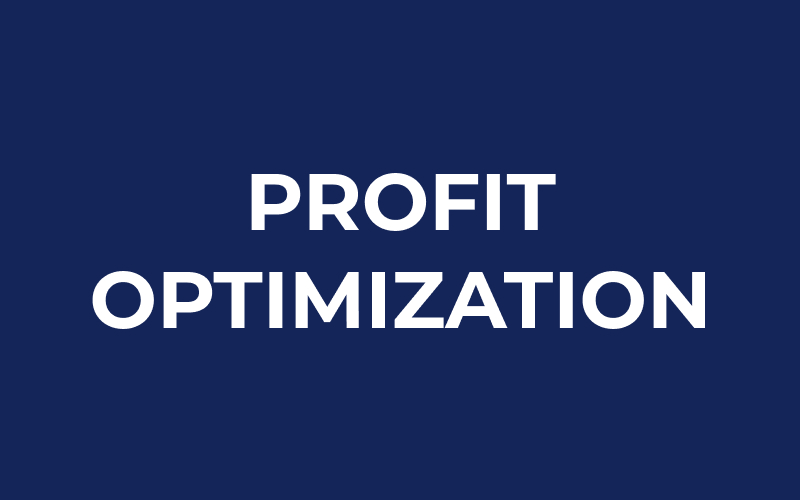
Profit optimization
One of the key concepts to grasp when it comes to pricing within the ecommerce and retail space is profit optimization. It refers to the process of maximizing profits by finding the optimal balance between the prices of products or services and the costs associated with producing and selling those products or services. This involves considering a range of factors, such as the cost of goods sold (COGS), overhead costs, and the prices that competitors are charging for similar products.
Why is Profit Optimization Important in Ecommerce and Retail?
In the fast-paced world of ecommerce and retail, it is vital to have a solid understanding of profit optimization. This is because ecommerce and retail businesses often operate in highly competitive markets, and prices can change rapidly. To stay ahead of the competition and remain profitable, businesses need to be able to adjust their pricing strategies quickly and effectively.
One of the key benefits of profit optimization is that it enables businesses to find the right balance between making a profit and keeping prices competitive. By understanding the costs associated with producing and selling products, businesses can set prices that are both profitable and appealing to customers.
How to Implement Profit Optimization in Ecommerce and Retail
There are several key steps that businesses can take to implement profit optimization in ecommerce and retail. These include:
Conducting regular market research: Regular market research is essential for understanding the prices that competitors are charging for similar products and services. This information can be used to inform pricing decisions and ensure that prices remain competitive.
Keeping a close eye on costs: It is essential to keep a close eye on costs associated with producing and selling products, such as COGS and overhead costs. This information can be used to inform pricing decisions and ensure that prices remain profitable.
Using technology to analyze data: The use of technology, such as pricing software and analytics tools, can help businesses to analyze data and make informed pricing decisions. This can include analyzing customer data to understand what drives sales, and using predictive analytics to forecast future sales trends.
Being flexible: In the fast-paced world of ecommerce and retail, it is essential to be flexible and able to adjust pricing strategies quickly. This may involve using dynamic pricing strategies, such as using real-time data to adjust prices based on demand.
Summary
Profit optimization is a crucial concept for businesses in the ecommerce and retail sectors. By understanding the costs associated with producing and selling products, businesses can set prices that are both profitable and appealing to customers. To implement profit optimization, businesses should conduct regular market research, keep a close eye on costs, use technology to analyze data, and be flexible in their approach to pricing. By doing so, they can ensure that they remain profitable and competitive in an ever-changing market.

